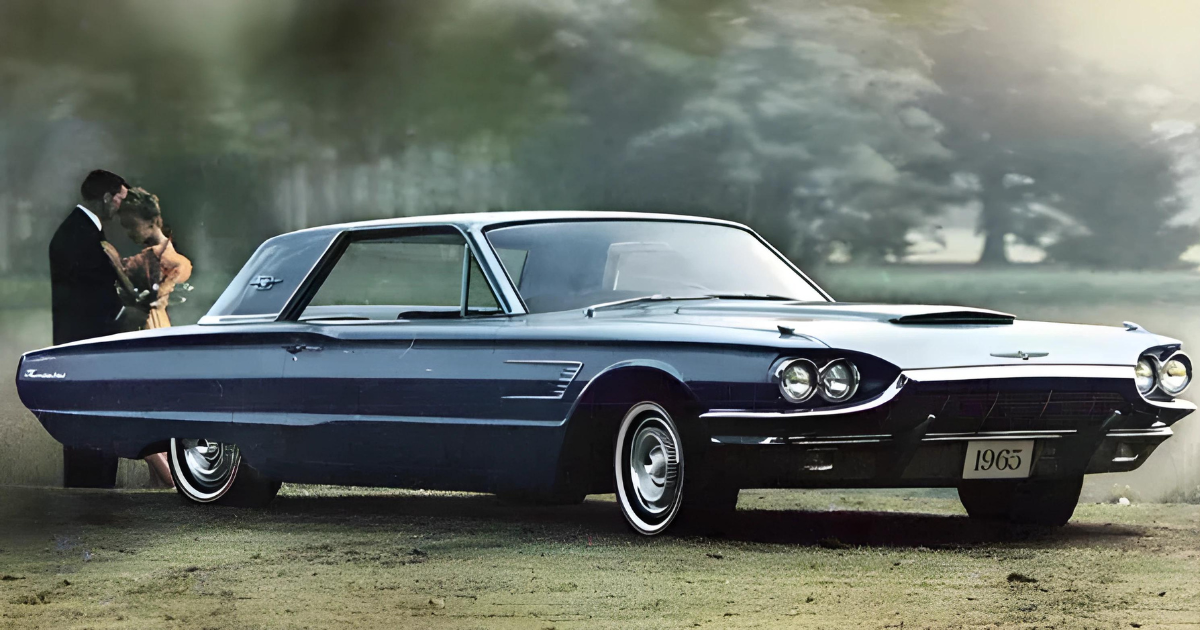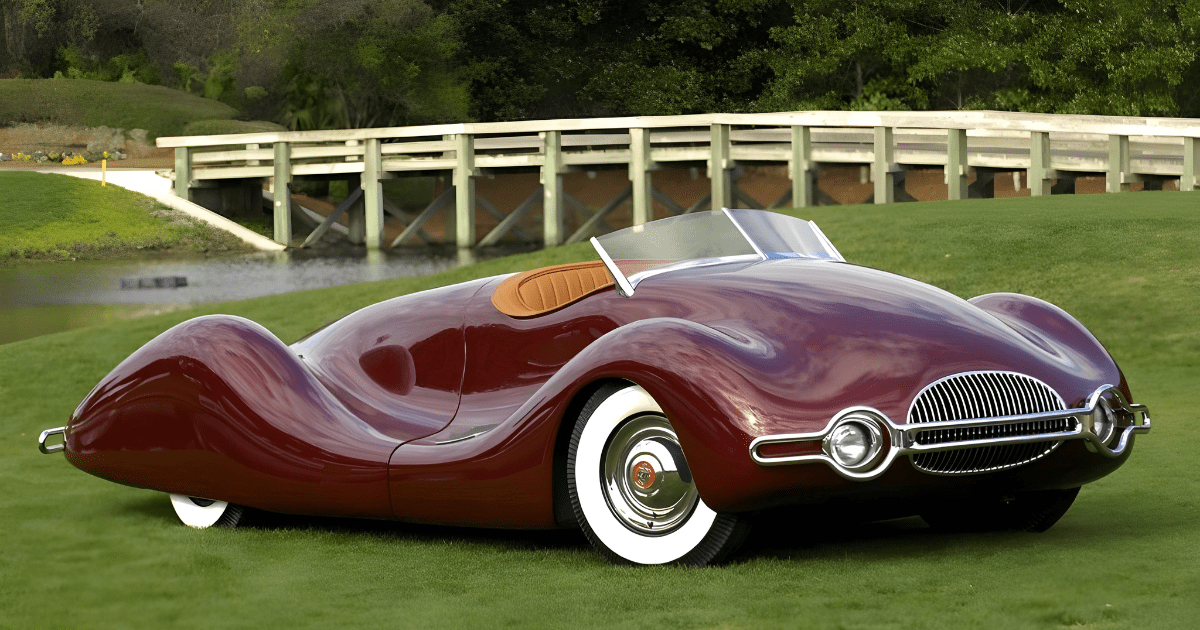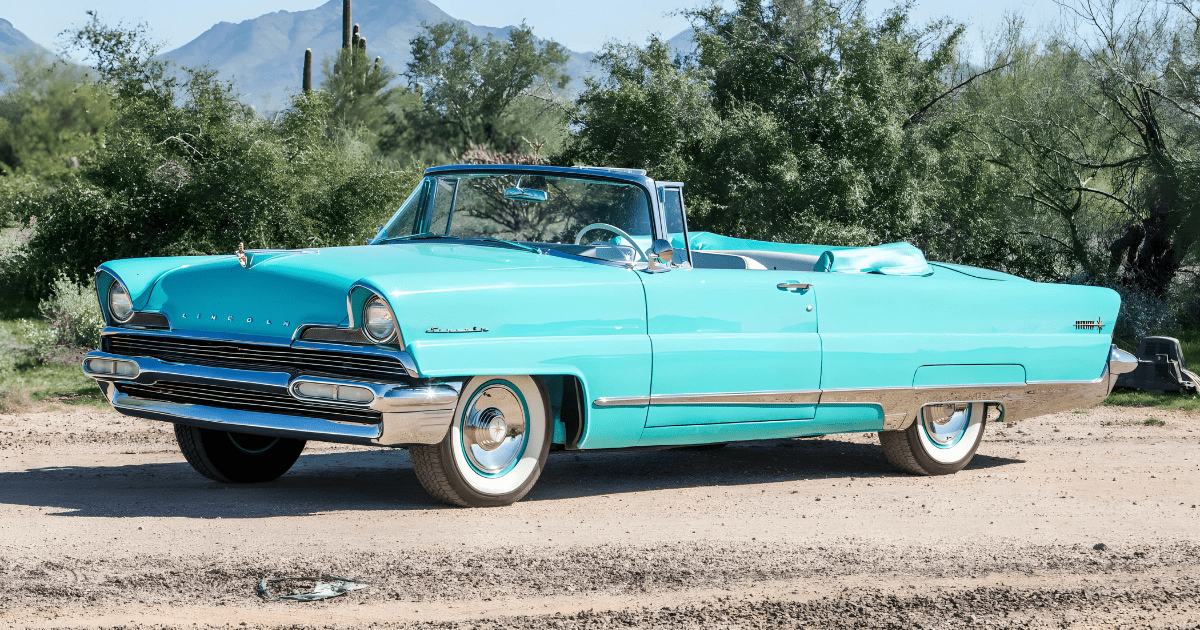
In response to the introduction of Chevrolet’s Corvette sports car, Ford conceived and unveiled the Thunderbird in October 1954, a landmark moment that heralded one of the earliest models to showcase Ford’s innovative overhead-valve V8 engine.
Positioned deliberately as a stark contrast to the overtly sporty Corvette, the Thunderbird carved its niche by emphasizing luxury and amenities, strategically targeting a younger, image-conscious demographic.

Ford’s strategic approach struck a resonant chord with consumers, evident in the remarkable production of over 16,000 Thunderbirds in the 1955 model year.
This unprecedented success outpaced Corvette sales, attributable to the Thunderbird’s superior V8 engine and enhanced refinement, establishing it as a formidable contender in the burgeoning American sports car market.

Sporting a sleek and low-profile design, the Thunderbird sets itself apart from the Corvette by offering a comprehensive range of comfort and convenience features tailored to affluent customers.
Notably, updates for the 1956 model year included the relocation of the spare wheel outside the trunk in a distinctive ‘Continental Kit’ style. Additionally, Ford introduced the 312ci, 215bhp Thunderbird Special V8 as an option, further elevating the Thunderbird’s performance credentials.

A more extensive redesign in 1957 saw the Thunderbird’s tail section extended with prominent fins, not only enhancing luggage space but also contributing to improved handling.
For performance enthusiasts, enticing options like the twin-carb “E-Code” and the “F-Code” featuring a Paxton supercharger became available, catering to those seeking a more exhilarating driving experience.

Despite its initial success as a two-seater sports car, the Thunderbird underwent a significant transformation in 1958. The original concept was shelved in favor of a larger, four-seat version, a strategic move that transformed the early two-seater models into coveted collector’s items almost overnight.
This transition marked a pivotal moment in Thunderbird’s evolution, steering it towards a new era as a personal luxury car rather than a dedicated sports car.

In retrospect, the Ford Thunderbird’s early years stand as a testament to the dynamic evolution of automotive design and market strategies in post-war America.
From its debut as a luxurious two-seater to its transition into a four-seat personal luxury car, the Thunderbird’s legacy is etched in the annals of automotive history, reflecting the adaptability and ingenuity of Ford in capturing the imaginations of American car enthusiasts.




